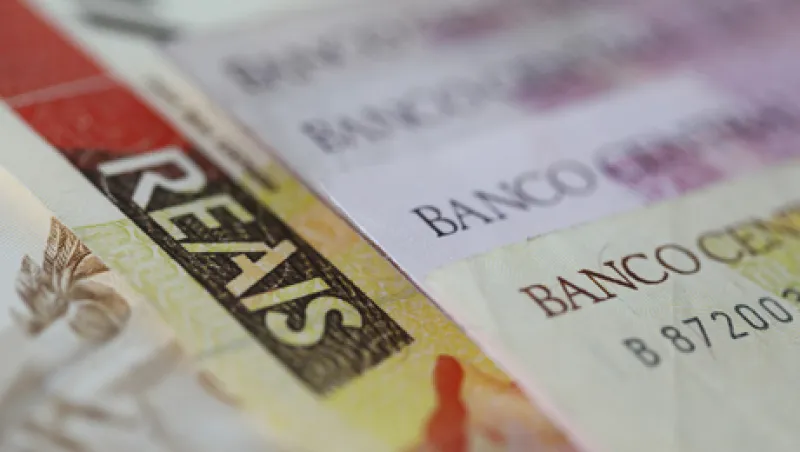On Monday Van Eck Associates of New York City proudly announced that its Market Vectors Emerging Markets Local Currency Bond ETF (EMLC), launched in July of 2010, had surpassed the $1 billion mark in assets under management.
Van Eck is not alone in hitting that mark. WisdomTree of New York City has attracted $1.39 billion in assets since launching its WisdomTree Emerging Markets Local Debt Fund (ELD) in August of 2010. Even the smallest of the emerging-markets local-currency bond funds – iShares Emerging Markets Local Currency Bond Fund (LEMB), which was launched more recently in October of 2011 is reporting an inflow of $155 million in the past month — for total assets under management of $364.79 million.
So why are emerging-markets local-currency bond ETFs suddenly all the rage?
The majority of the money in this sector is still in ETFs comprised of dollar-denominated emerging-markets bonds. To put it into perspective, the largest of the emerging-markets dollar-denominated bond ETFs — iShares J.P. Morgan USD Emerging Markets Bond Fund (EMB) — has a whopping $6.39 billion in assets under management. But the local-currency bond sector is gaining ground rapidly.
“I think investors are realizing that investing in the emerging markets is actually a double bet; you not only have to invest in the asset class — in this case, a sovereign bond or a corporate bond — but you also have to invest in that currency,” says Dave Nadig, the director of research at IndexUniverse in San Francisco. “If you invest in U.S. dollar-denominated emerging bonds, you’re effectively neutralizing the potential for that currency gain,” he says.
Part of the attraction is the obvious: the yields. Compared to U.S. Treasuries, any yield that’s not measured in basis points would be appealing at this point. But the simple yields on these ETFs don’t tell the full story because with currency gains, their performance can be far greater.
For instance, Van Eck’s ETF has a 30-day SEC yield of 4.87 percent as of November 27, but a 12.84 percent gain in net asset value year-to-date as of October 31. WisdomTree’s ETF has a 30-day SEC yield of 3.85 percent, but a total return of 13.93 percent since inception through October 31. iShares’ 30-day SEC yield is 3.74 percent, but a 7.51 percent gain in its net asset value from inception through September 30.
“That’s a level of return you’re not seeing in very many other places in the marketplace,” Nadig says.
But “it’s not just an investment driven by enhanced yields,” says Francis Rodilosso, the co-manager of Van Eck’s ETF. “Investors want diversification away from the dollar and the euro,” he says, noting that many emerging-markets countries now have stronger balance sheets, debt to GDP ratios that are far lower, fairly healthy foreign reserves relative to the size of their debt and their central banks are “not printing money,” he says.
WisdomTree’s head of fixed income and currency, Rick Harper, notes that as of its latest fact sheet, 97 percent of the ETF’s investments in local-currency emerging bonds were investment grade, “and that’s one of the big surprising things for a lot of people,” he says, noting that when it comes to the balance sheets of the emerging-markets countries versus the developed world, the emerging-markets countries are now largely net creditors, while the developed countries are largely net debtors. The way the picture has “completely flipped” over the last ten years is “a pretty amazing phenomenon,” he says.
Another part of the ETFs’ appeal is that investing in local-currency bonds in the emerging markets would otherwise be “cumbersome,” notes Stephen Laipply, a product strategist for iShares. For instance, the iShares ETF has its largest investment — 21.08 percent — in South Korea, but buying government bonds in South Korea is “a bit of a tedious process; you have to go through the central bank,” he says.
WisdomTree’s ETF is actively managed, with an expense ratio of 55 basis points, while the other two are passively managed — Van Eck’s with an expense ratio of 47 basis points and iShares with 60 basis points.






